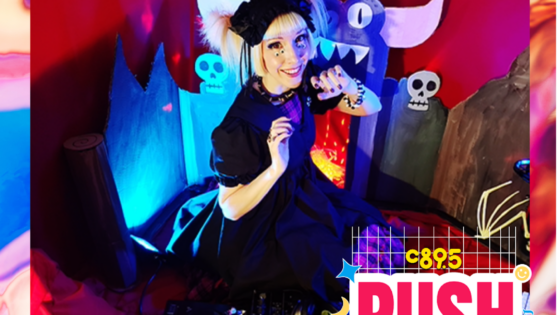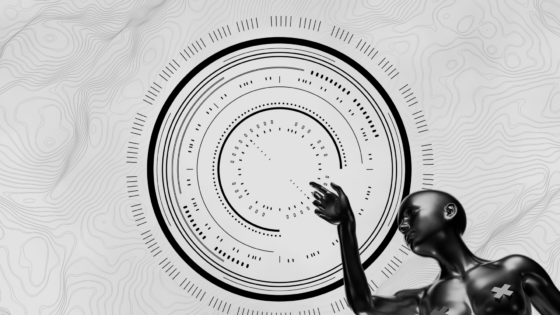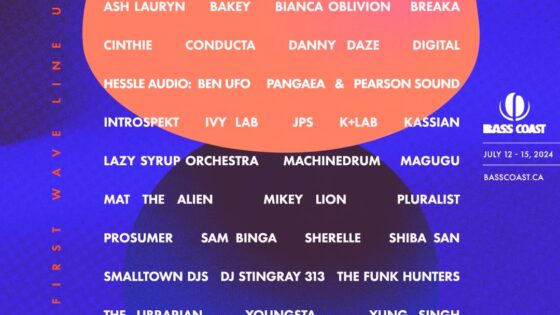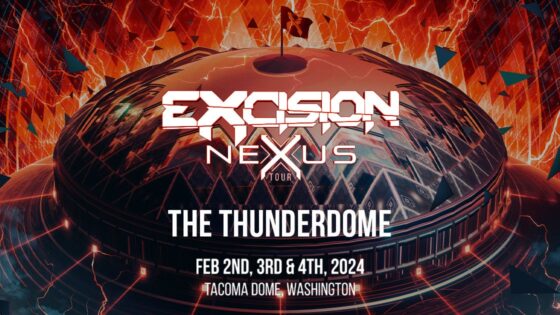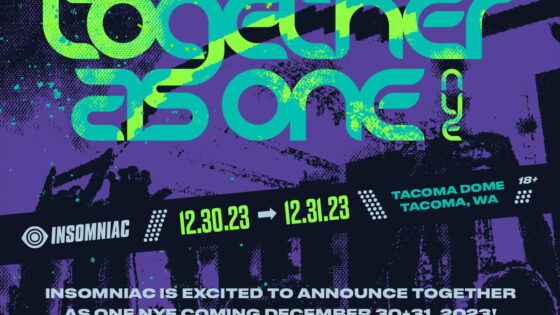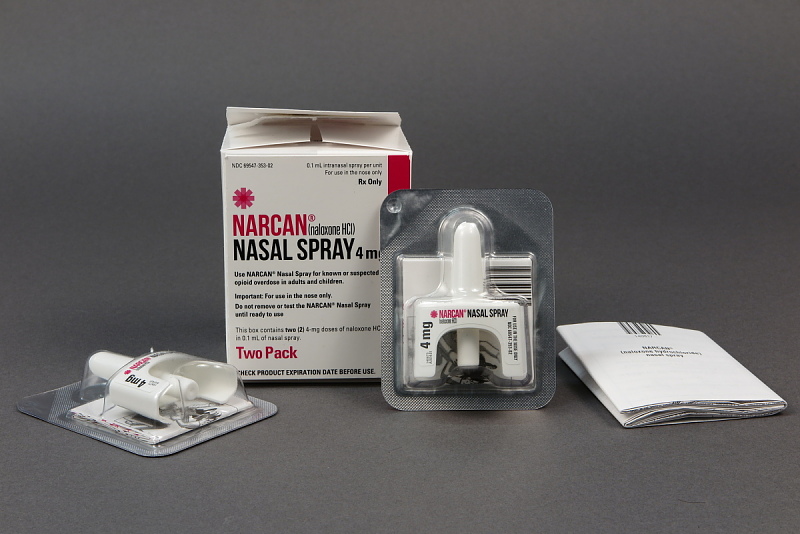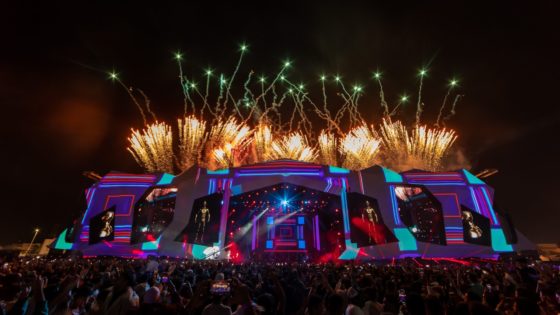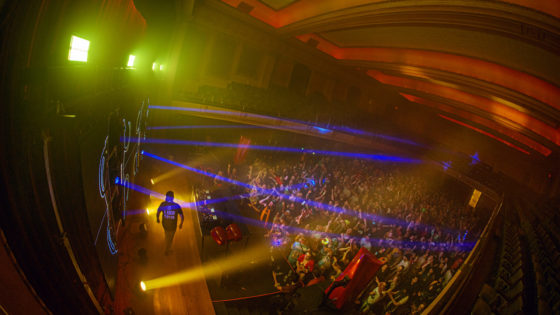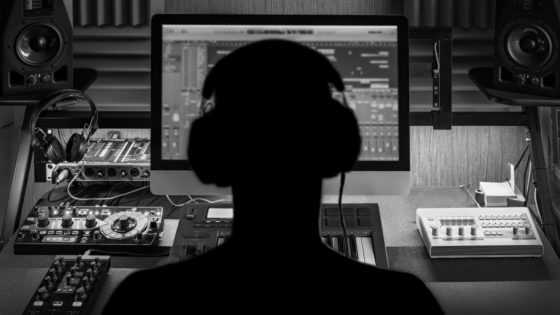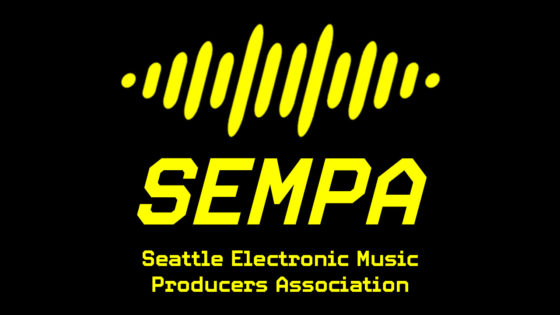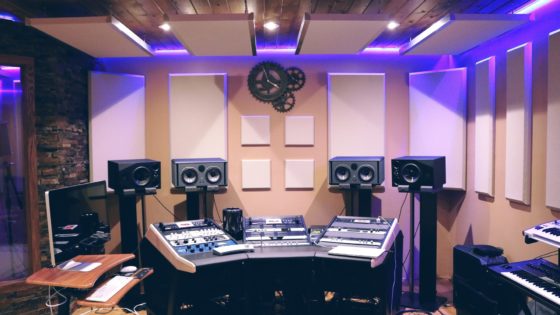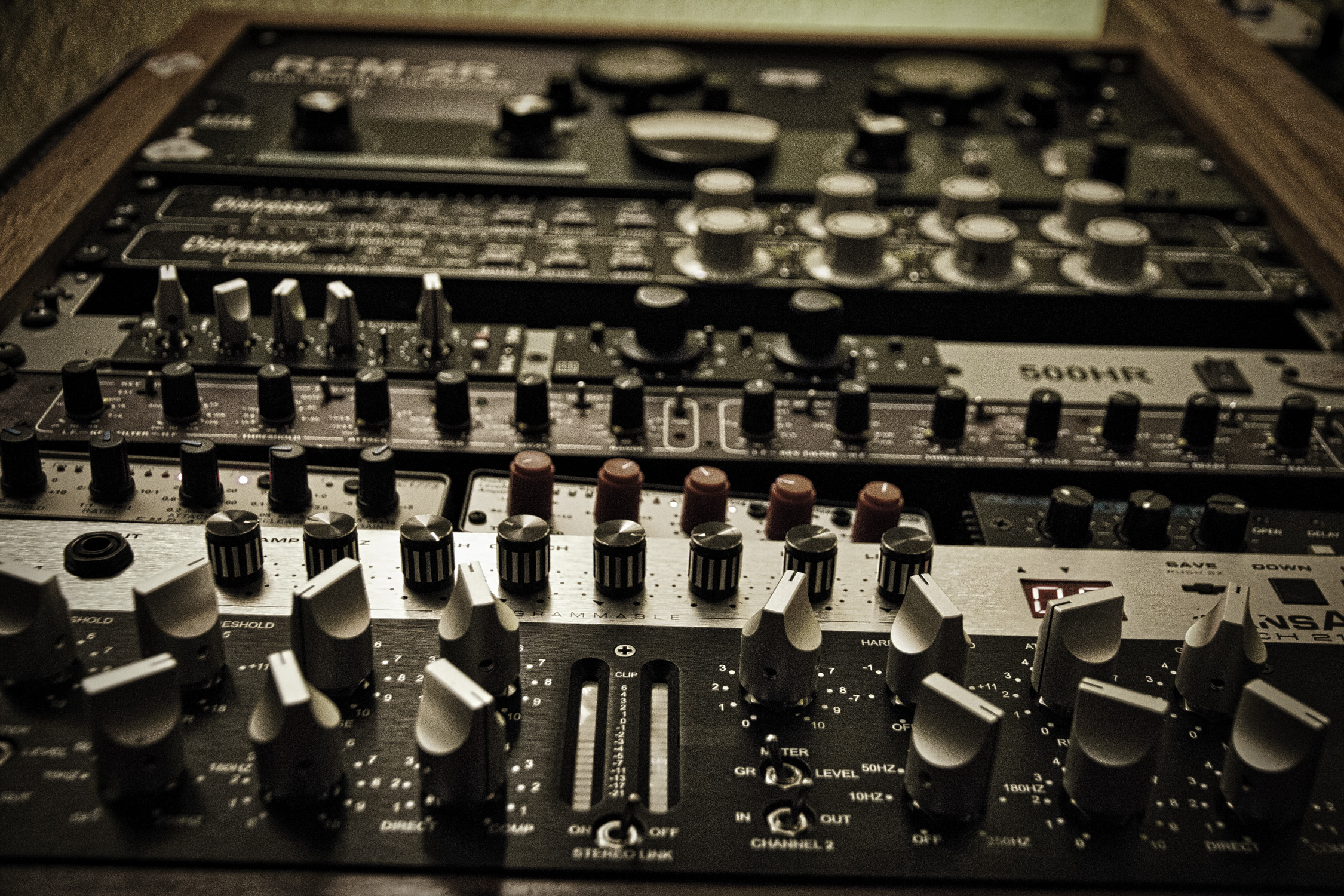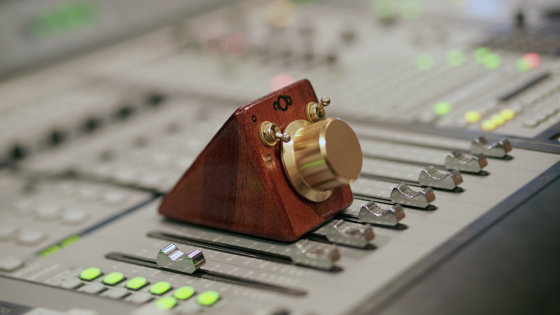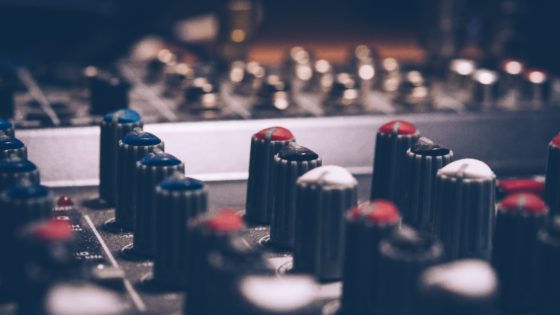There are many tools in a producer’s arsenal. The countless effects one has at their disposal often brings up a few questions. What does this plug-in do? When do I use it? Knowing a little more about some of the essentials can do wonders for your mixing. Compressors are a staple in every genre of music production, and are used in a variety of ways to achieve balance. They can regulate volume, diminish clutter, or completely remove unwanted noise. We’re going to discuss three variations that accomplish this: regular compressors, expanders, and gates.
Compressors
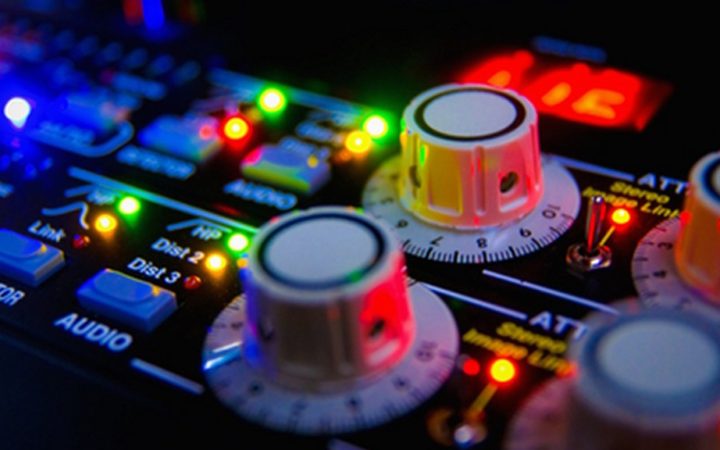
A compressor is an electrical amplifier that reduces the dynamic range of a signal. Basically, it brings the loud and quiet parts closer together in terms of volume. Most compressors have a few standard controls. Threshold determines how loud the incoming signal needs to be before it gets any treatment. Ratio adjusts how much the incoming signal, that is above the threshold, is compressed. The higher the ratio, the more squished the sound. Attack/Release controls how long it takes the compressor to react to the incoming signal. Lastly, input gain simply makes the pretreatment sound louder, allowing more of the signal to be above threshold, resulting in more compression.
Expanders
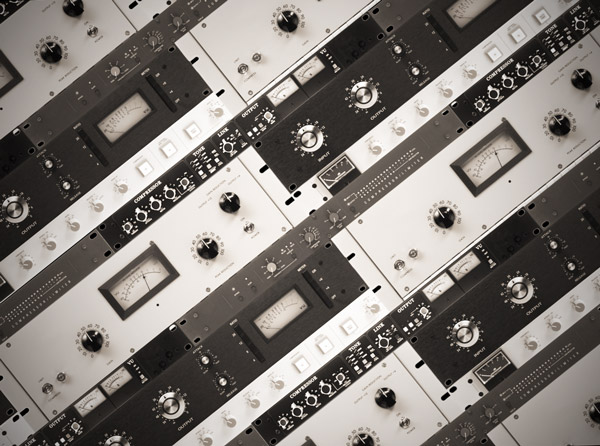
An expander is essentially the opposite of a compressor. It’s used to increase the dynamic range of a signal, drawing the loud and quiet parts further apart. Since expanders are so similar to compressors, their controls are usually the same. The only differences are how those controls behave. Threshold now determines how quiet a signal needs to be before it gets treated, ratio now represents expansion rather than compression, and the attack & release functions are reversed. In fact, many compressors have an expander setting built into them!
Gates

A gate is much like an expander, only with a MUCH higher ratio. Any signal that is below the threshold is effectively muted, while anything above the threshold passes through unscathed. It’s like a door that only opens for a signal strong enough to pass through. There are usually attack & release controls that function just like an expanders. Gates also tend to have a hold control that regulates how long the gate stays open after the input signal drops back below the threshold.
Oh My!
Your ultimate goal for all of these effects should be to reach a stable balance with your mix. Compressors can work really well when treating a signal that has you constantly tweaking the fader. A good compression reels in parts that are too loud at times, and allows the rest of the tracks to be heard. Expanders and gates are great for trimming out background noise and unwanted sustain. They let you hear what you want to hear, and discard the rest.
Here is a short video that gives a nice visual representation of how compression works. If you’d like to know more, check out 7 Essential EDM Compressors!
Important things happen in Pacific Northwest nightlife, and DMNW will send you alerts!




